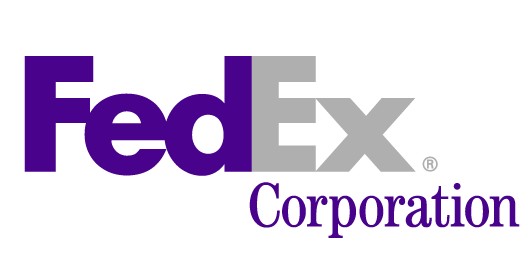Transportation is one of the largest industries in the world, and its sector range is very wide which include taxis, truck, train, ships, barges, airplanes, pipelines, warehouse and logistics service. For the industry, the three main trends were globalization of business, information technology development and new technology to support process efficient, and the market demand for more value-added. Hence, the companies in transportation and logistics industry depend on the global network of distribution centres to gain quick payment cycle and cheaper resources. In FedEx Corporation, as a leader firm in the industry, its centralized structures have always required, and facilitated billion dollar investments in IT and established the website from 1994.… Read the rest
Business Information Systems
Case Study of Nike: The Cost of a Failed ERP Implementation
Nike, was founded in the year 1957 by Knight and the company since the very beginning manufacturing higher quality sports shoes for several sports inclusive of athletics, football, volleyball etc. Additionally, the company also has been involved in manufacturing equipment’s for fitness and related sports apparels such as caps. The organization since its development has always been involved in making higher commitments to innovative products. In the fiscal year of 2012, 24.1 billion dollars was generated by Nike with an increase by 16 percent since the last year. The organization further made announcements of increasing this total revenue generated in the 2015 fiscal year to reach 30 billion.… Read the rest
Case Study of Zara: Use of Technology to Improve Operational Responsiveness
Fashion giant, Zara, forms part of the retail group ‘Grupo Inditex’ which is one of the “largest, fastest growing and successful” clothing retailers across Europe. Grupo Inditex is formulated by an amalgamation of major high street names from across Europe, including Zara, Pull and Bear and Bershka, in total boasting 3825 stores across 68 countries. Zara’s success story begins by offering a product range capable of catering for men, women and children, providing affordable and stylish clothes whatever the season. Coupled with this, is their keen eye for discovering new fashion trends and translating these trends from the catwalk to the high street, both quickly and affordably.… Read the rest
Strategic Information Systems Planning (SISP) – Meaning and Importance
In a global marketplace, information has emerged as an agent and enabler of new competitiveness for today’s enterprise. However the paradigm of strategic planning changes sufficiently to support the new role of information and technology. The question is, are changes can support the new role of information and technology and what is the relationship between strategic information system planning with the development database in an organization. Therefore, the development of strategic information system planning is importance in an organization. Strategic information systems planning (SISP) is the process of creating a portfolio based on the use of information system in order to achieve organizational goals and objectives.… Read the rest
Data Mining Functionalities
Data mining has an important place in today’s world. It becomes an important research area as there is a huge amount of data available in most of the applications. This huge amount of data must be processed in order to extract useful information and knowledge, since they are not explicit. Data Mining is the process of discovering interesting knowledge from large amount of data.
The kinds of patterns that can be discovered depend upon the data mining tasks employed. By and large, there are two types of data mining tasks: descriptive data mining tasks that describe the general properties of the existing data, and predictive data mining tasks that attempt to do predictions based on inference on available data.… Read the rest
Data Mining – Meaning, Processes and Models
Data mining involves the use of sophisticated data analysis tools to discover previously unknown, valid patterns and relationships in large data sets. These tools can include statistical models, mathematical algorithms, and machine learning methods such as neural networks or decision trees. Consequently, data mining consists of more than collecting and managing data, it also includes analysis and prediction. The objective of data mining is to identify valid, novel, potentially useful, and understandable correlations and patterns in existing data. Finding useful patterns in data is known by different names (e.g., knowledge extraction, information discovery, information harvesting, data archaeology, and data pattern processing).… Read the rest



